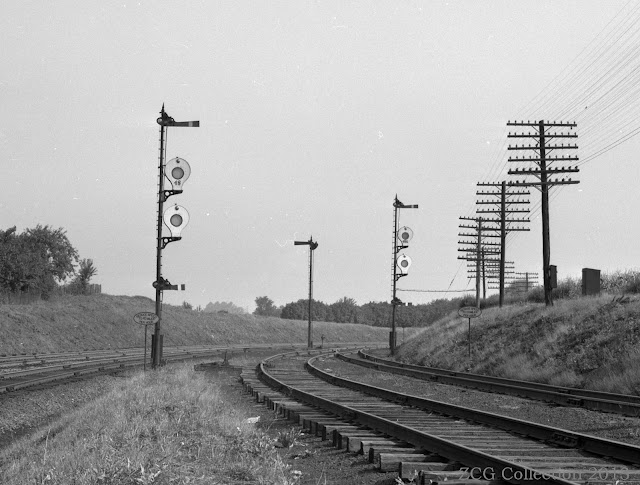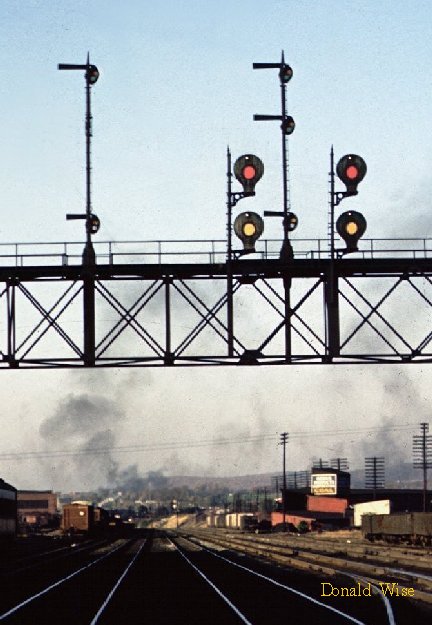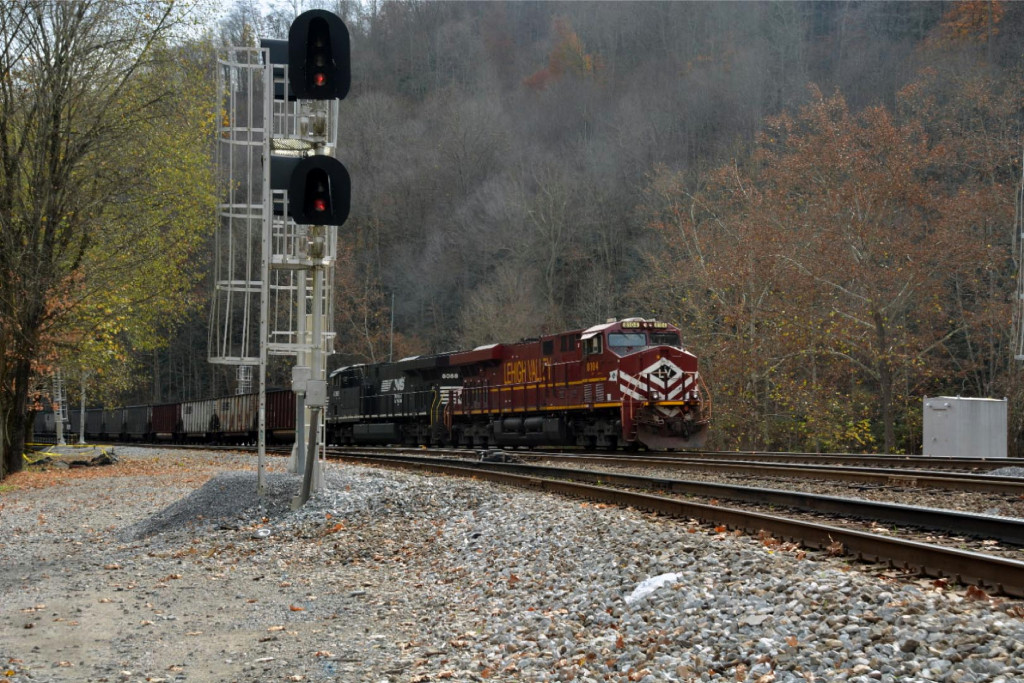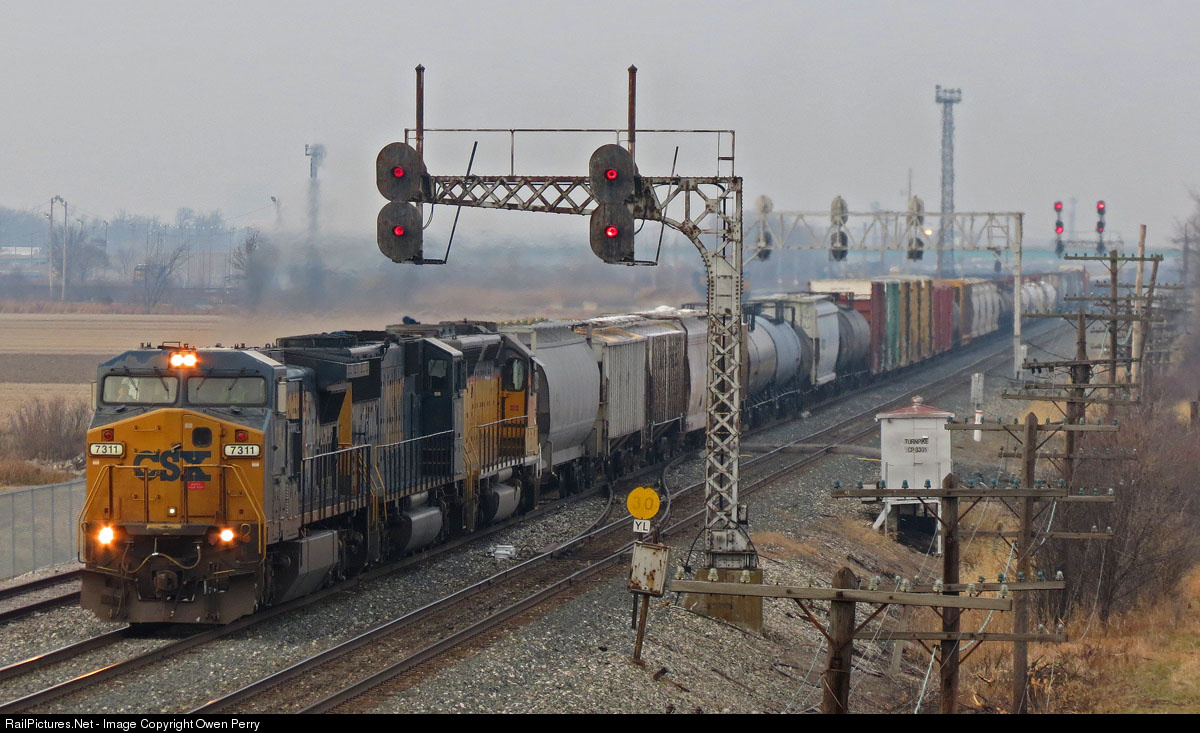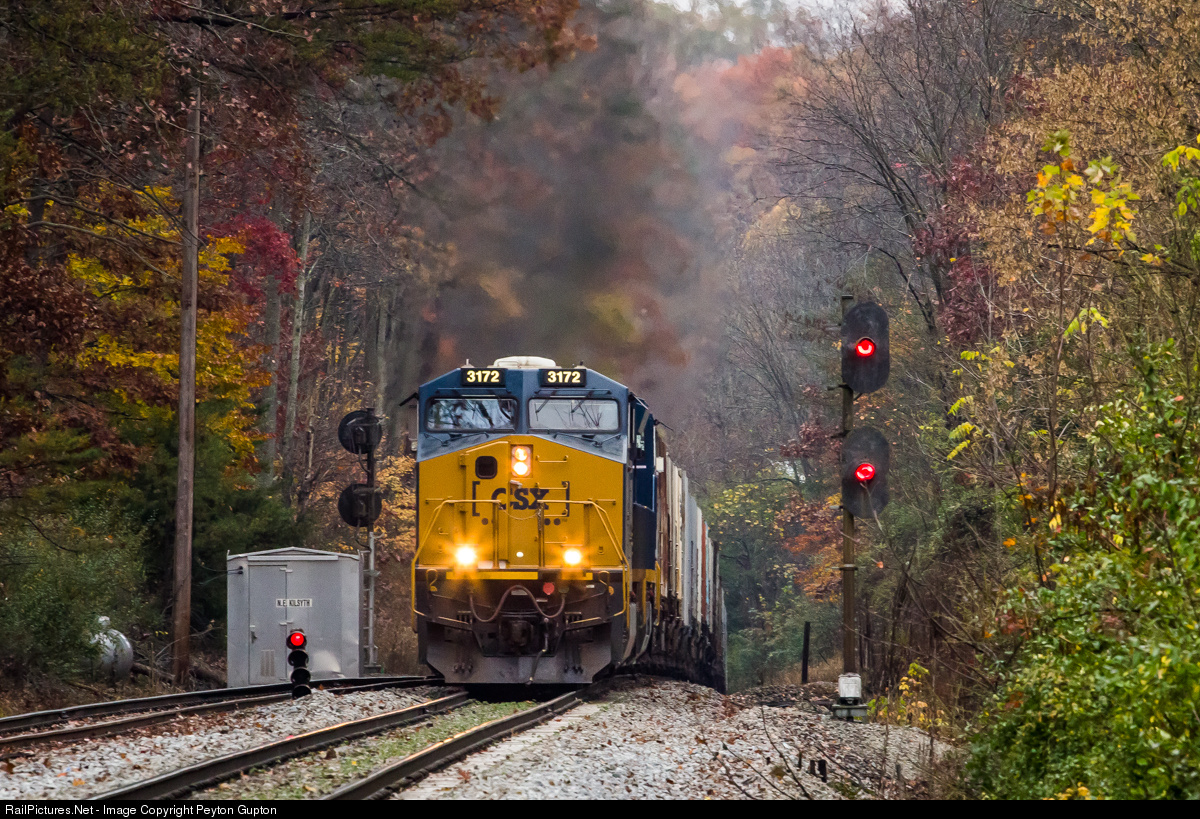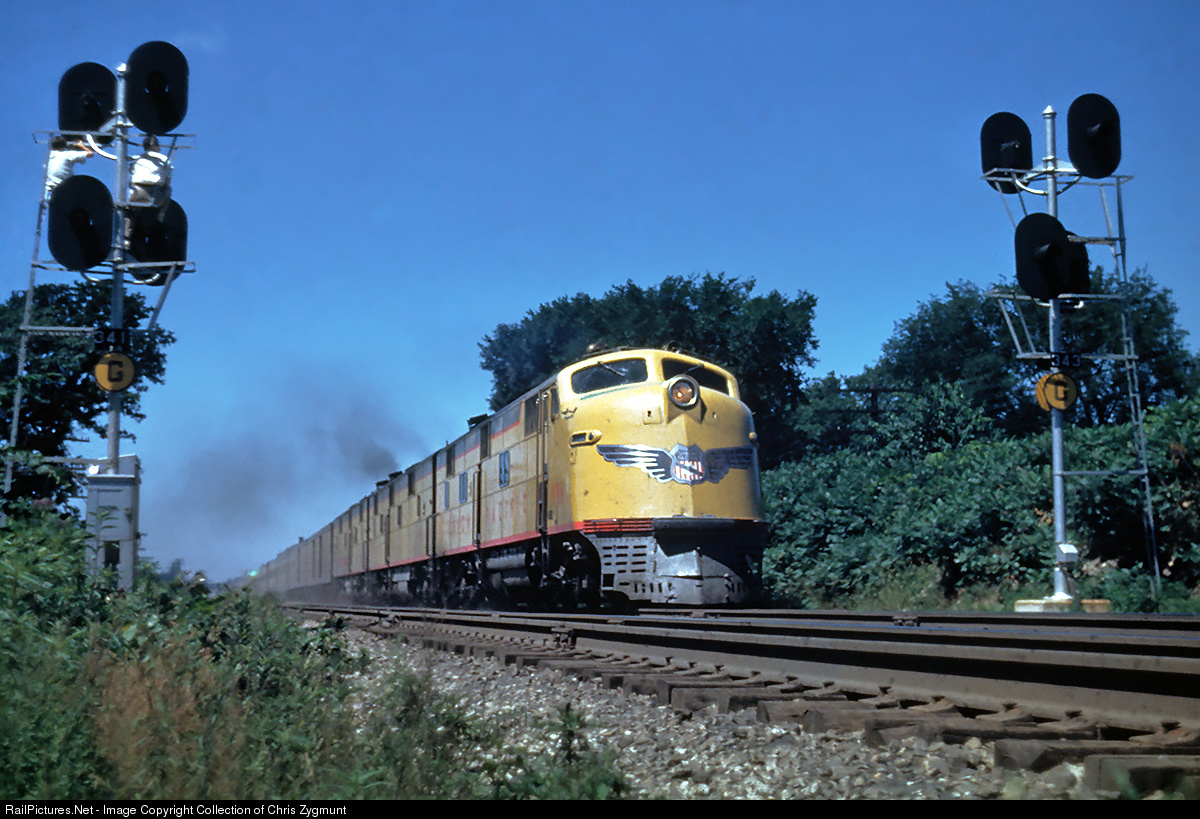First, how do Banjo signals work? Hall disc signals were one of the first types to work in conjunction with the revolutionary idea of the track circuit. Now I have seen some sources associate Banjo signals with time separation systems, and while they could certainly be used in such a capacity, I am going to focus on their use in automatic blocks. A disc signal (patented ~1869) is basically a searchlight mixed with a semaphore, before the advent of either electric lighting or electric motors. Like semaphores, disc signals have a large day indication (the disc) illuminated by natural light, and a small night indication illuminated by an oil lantern. Like a searchlight, there is a magnetic armature that moves in response to an electric current. When the signal is energized the disc and filter are moved away from the day and night signals changing them from red (or yellow) to clear (or green). If you can't tell where the disc goes, it is moved up to the 10 o'clock position where a small corner can still be observed.
 |
| Some say this is where the term "Clear" signal came from. Argue in the comments. |
The above photo shows a pair of banjo signals in their "clear" state, the colored disc moved up and out of the way to allow daylight to show through. The two state disc signals could be made to display three signal states be using either a distant-home configuration (as is still popular in Europe) or by mounting two heads on the same mast, one displaying Red and Clear, the other Yellow and Clear. Clear/Clear = Clear, Clear/Yellow = Approach and Red/Yellow = Stop (and Proceed).
This rare color photo shows a Hall disc signal actually doing its job. As you can see the colored discs are actually pretty effective. In a time before electricity, these would be a high tech alternative to mechanically operated semaphores. This also explains why Banjo signals are so often associated with the Reading system. In the late 19th century the Reading was an extremely wealthy railroad and would be able to afford something that would be like CBTC today. As ABS became more prevalent, disc signals fell into the same category as 2-position lower quadrant semaphores,a commodity technology which lasted into the 21st century on some former Southern Pacific lines.
Now it is time to put together the final piece of the puzzle. Above we see an arrangement that was only possible within a fairly narrow sliver of time. Reading Hall disc signals are on the same mast as mechanically operated semaphores. What is going on here? Well the disc signals that are designed to work with low power, primitive track circuits are providing an automatic block signal indication, while the mechanical semaphores are worked from a nearby interlocking tower providing the route protection.
Here we see a slightly different scenario where we have two position semaphores for trains moving torwards the camera, the top mounted semaphore for a straight route, the middle semaphore for a diverging route and then the low mounted call-on signal. Then we see the Banjo for trains moving away from the camera as ABS exit signals. The semaphores can be directly controlled from a mechanical lever frame, displaying either Clear, Medium Clear or Restricting, and any ABS modifications given by the Baljo signals when the train departs the interlocking limits. So Medium Approach would be Medium Clear entrance to Approach exit.
I am by no means an expert on all the ways these signals were employed, but I do know that one can't simply dismiss them as proto-searchlights or glorified semaphores as is often the case in so many books and museums. Hall disc signals needs to be understood in the context of a manual block world devoid of even the basic electronics that would revolutionize railway signaling in the 1890's. They were cutting edge technology employed by only by those railroads that could afford to be early adopters.

